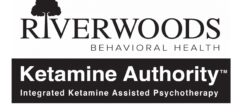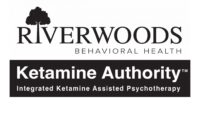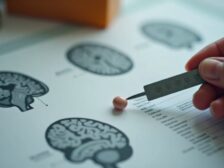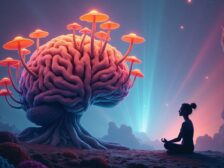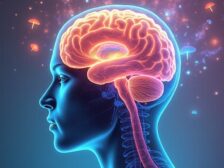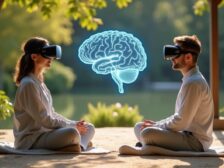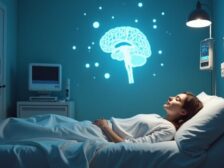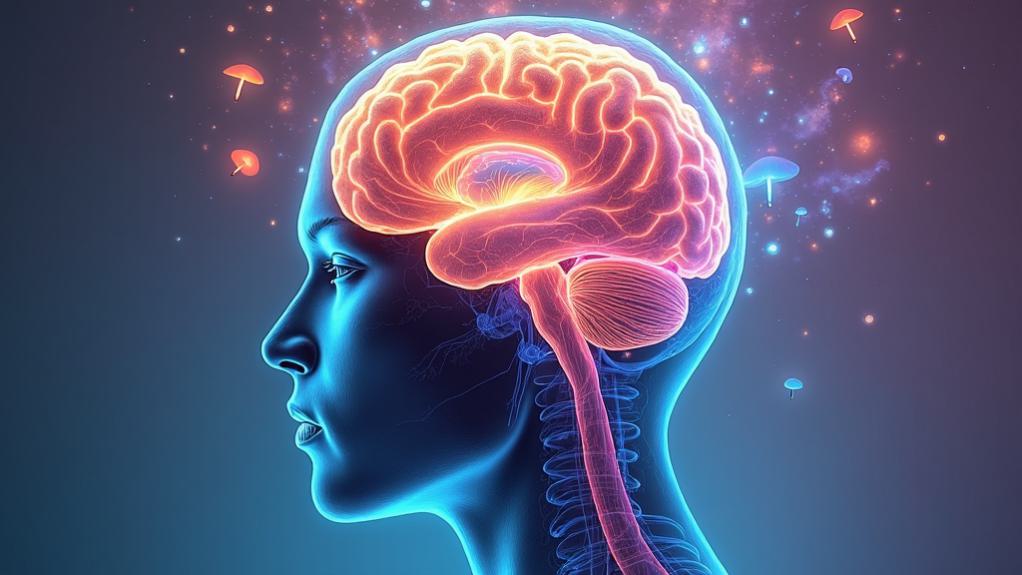
We should consider psychedelic therapy for brain enhancement due to its potential to utilize neuroplasticity, improving cognitive function and mental well-being. Research suggests that substances like ketamine can enhance synaptic connectivity and stimulate new neural pathways, leading to increased cognitive flexibility, improved pattern recognition, and better emotional regulation. While traditional therapies often require weeks or months for behavioral changes, psychedelics may induce rapid shifts in brain function. However, it's essential to approach this therapy with caution, ensuring proper screening, dosage, and integration. As we investigate this promising field, we'll uncover the intricate mechanisms and safety considerations that make psychedelic therapy an intriguing option for brain enhancement.
Understanding Neuroplasticity
Through the lens of neuroplasticity, we can better grasp the potential of psychedelic therapy for brain enhancement. Neuroplasticity refers to our brain's ability to change and adapt throughout our lives. It's the foundation upon which learning, memory, and cognitive flexibility are built.
When we examine neuroplasticity, we're looking into the brain's capacity to reorganize itself by forming new neural connections. This process is essential for brain enhancement, as it allows us to improve cognitive function and adapt to new experiences.
Psychedelic therapy may tap into these neuroplasticity mechanisms, potentially accelerating and amplifying the brain's natural ability to change.
Two key aspects of neuroplasticity are particularly relevant to psychedelic therapy: neurogenesis and synaptic plasticity. Neurogenesis involves the creation of new neurons, while synaptic plasticity refers to the strengthening or weakening of connections between neurons.
Psychedelics may influence both processes, potentially leading to increased cognitive flexibility and enhanced brain function.
Ketamine's Impact on Brain Function
In light of our understanding of neuroplasticity, let's investigate ketamine's impact on brain function. Ketamine, originally developed as an anesthetic, has shown extraordinary potential in altering brain chemistry and structure. Its mechanisms of action are complex, involving multiple neurotransmitter systems and signaling pathways.
Ketamine primarily acts as an NMDA receptor antagonist, blocking glutamate signaling. This leads to a cascade of neurochemical changes, including increased production of brain-derived neurotrophic factor (BDNF). BDNF plays an essential role in promoting neuroplasticity, potentially explaining ketamine's rapid antidepressant effects.
We've observed that ketamine can enhance synaptic connectivity and stimulate the growth of new neural pathways. This remodeling of brain circuits may help reset dysfunctional patterns associated with various mental health conditions. Additionally, ketamine's impact on the default mode network—a brain system involved in self-reflection and rumination—could contribute to its therapeutic effects.
It's important to note that while ketamine shows promise, its long-term effects on brain function are still being studied. We must approach its use with caution and under proper medical supervision to maximize benefits while minimizing potential risks.
Cognitive Benefits of Psychedelic Therapy
Building on our understanding of ketamine's effects, we now turn our attention to the broader cognitive benefits of psychedelic therapy. Research suggests that psychedelic experiences can lead to significant improvements in various cognitive domains.
We've observed enhanced creativity, problem-solving abilities, and emotional resilience in individuals who've undergone psychedelic therapy.
The cognitive benefits of psychedelic therapy often include:
- Increased cognitive flexibility and openness to new ideas
- Enhanced pattern recognition and abstract thinking
- Improved emotional processing and regulation
These improvements can have far-reaching effects on a person's daily life, relationships, and overall well-being.
We've seen patients report a greater sense of clarity and purpose, as well as improved decision-making skills. It's crucial to acknowledge that these benefits often persist long after the acute effects of the psychedelic experience have worn off.
While more research is needed to fully understand the mechanisms behind these cognitive enhancements, early studies suggest that psychedelics may promote neuroplasticity and facilitate the formation of new neural connections.
This could explain the lasting positive changes observed in many patients who undergo psychedelic therapy.
Safety and Efficacy Considerations
Despite the promising cognitive benefits of psychedelic therapy, we must carefully consider safety and efficacy when implementing these treatments.
It's vital to understand that psychedelic therapy isn't without risks, and we need to approach it with caution and thorough preparation.
First, we should assess individual risk factors, such as personal or family history of mental health conditions, which may contraindicate psychedelic use. Proper patient screening is essential to guarantee the treatment is appropriate and safe for each individual.
We must also adhere to strict dosage guidelines to minimize adverse effects while maximizing therapeutic potential. This requires a delicate balance, as both under- and over-dosing can lead to suboptimal outcomes or increased risks.
Therapist qualifications are paramount in guaranteeing safe and effective treatments. Practitioners should have extensive training in both psychedelic-assisted therapy and traditional psychotherapy techniques.
They must be equipped to guide patients through potentially intense experiences and integrate understandings gained during sessions.
Comparing Traditional and Psychedelic Approaches
The contrast between traditional and psychedelic approaches to brain enhancement is stark.
While traditional therapies often focus on long-term behavioral changes or medication regimens, psychedelic mechanisms offer a potentially more rapid and significant impact on neural pathways.
We'll examine key differences between these approaches:
- Duration: Traditional therapies may require weeks or months of consistent treatment, while psychedelic sessions can produce significant changes in a single experience.
- Focus: Conventional methods often target specific symptoms, whereas psychedelics aim for a broad reset of mental patterns.
- Intensity: Traditional approaches typically involve gradual shifts, while psychedelic experiences can be intense and life-changing.
It's important to note that psychedelic therapy isn't meant to replace traditional methods entirely.
Instead, it can complement existing treatments, offering a unique viewpoint on mental health and cognitive enhancement.
By understanding the distinct mechanisms of each approach, we can better tailor treatment plans to individual needs.
As research progresses, we may find that a combination of traditional and psychedelic therapies provides the most inclusive path to brain enhancement and overall well-being.
Integrating Ketamine Into Treatment Plans
Ketamine's integration into treatment plans represents a significant shift in mental health care. We're seeing a growing acceptance of this psychedelic as a tool for brain enhancement and mental health treatment. To understand how ketamine is being incorporated, let's examine some key aspects:
| Aspect | Traditional Approach | Ketamine-Assisted Approach |
|---|---|---|
| Dosage | N/A | Low to moderate, monitored |
| Frequency | Weekly sessions | 2-3 sessions per week initially |
| Duration | 50-60 minute sessions | 40-60 minute infusions |
| Setting | Clinical office | Specialized clinic or hospital |
When integrating ketamine into treatment plans, we must consider ketamine dosage carefully. Protocols typically start with lower doses, gradually increasing based on patient response. Treatment protocols vary but often involve a series of infusions over several weeks, followed by maintenance sessions.
We're finding that ketamine can be particularly effective when combined with traditional psychotherapy. This integration allows patients to process revelations gained during ketamine sessions, potentially leading to more lasting changes in brain function and mental health.
As we continue to refine our approach, we're witnessing promising results in treating conditions like depression, anxiety, and PTSD.
In Summary
We've investigated the potential of psychedelic therapy for brain enhancement, focusing on neuroplasticity and ketamine's cognitive benefits. While promising, it's essential we approach this treatment with caution, evaluating safety and efficacy against traditional methods. As we consider integrating ketamine into treatment plans, we must remain analytical yet empathetic. The field is advancing rapidly, and we'll need to stay informed to make the best decisions for our patients' cognitive health and well-being.
